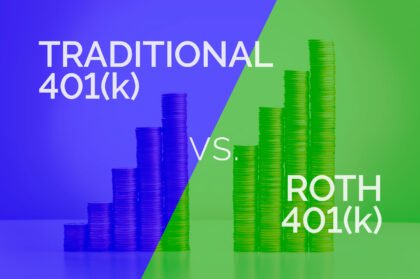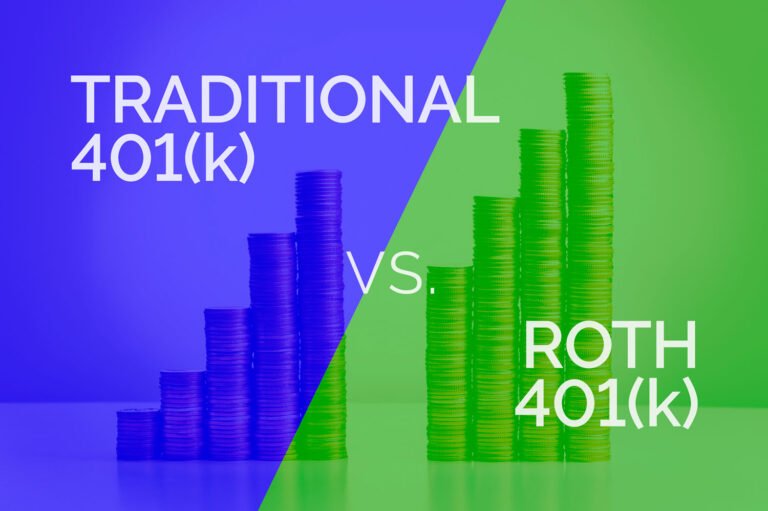When it comes to safeguarding your financial well-being, disability insurance emerges as a vital yet often overlooked player in the insurance landscape. Life can take unexpected turns, and if you were to suddenly face a disability that hinders your ability to work, having the right disability insurance can make all the difference. Because, let’s face it, the onset of a disability can be a jolting and traumatic experience taking quite an emotional toll on individuals and families. So, knowing your financial life isn’t about to collapse can make a world of difference as you cope with the changes to your life. Let’s delve into the key elements of disability insurance that everyone should understand to make the best and most informed decisions for them and their families.
Table of Contents
Defining Disability:
The crux of disability insurance lies in how “disability” is defined. Some policies follow an “own-occupation” definition, deeming you disabled if you can’t perform your current job. Others use an “any-occupation” approach, considering you disabled only if you can’t manage any job matching your skills and experience. Knowing this definition clarifies when you can access benefits.
Duration of Coverage:
Disability insurance comes in two main flavors: short-term and long-term coverage. Short-term policies provide protection for temporary disabilities, generally lasting a few months to a year. Long-term policies offer coverage for extended periods, sometimes until you reach retirement age. Assess your needs to select the appropriate coverage duration.
Waiting Period (Elimination Period):
Similar to a deductible in health insurance, the elimination period is the time between your disability onset and when benefits start. Opting for a shorter elimination period means quicker access to benefits but may result in higher premiums.
Benefit Amount:
The benefit amount represents the portion of your pre-disability income that the policy pays out. Commonly stated as a percentage (e.g., 60% or 70%), this amount should be sufficient to cover your essential expenses while you’re unable to work.
Premiums:
To enjoy disability coverage, you’ll pay premiums—regular payments to the insurance company. Premiums vary based on factors like age, health, occupation, coverage amount, and waiting period. Balancing these factors helps find a premium that fits your budget.
Occupation Coverage:
Understand how your policy addresses your occupation. “Own-occupation” coverage is ideal, as it protects you if you can’t perform tasks specific to your current job. “Any-occupation” coverage can be more limiting, requiring you to be unable to work in any suitable job.
Renewability and Cancellations:
Choose a policy that guarantees renewability, preventing the insurer from canceling your coverage as long as you pay premiums. Learn the circumstances under which the policy could be canceled to avoid surprises.
Exclusions:
Every policy has exclusions—conditions or situations not covered. Pre-existing conditions may not be covered immediately, emphasizing the importance of understanding these limitations.
Partial Disability Coverage:
A policy with residual disability coverage can be invaluable if you experience a partial disability that reduces your income. This ensures you’re not left without support even if you can work part-time.
Duration of Benefits:
The benefit period outlines how long the insurer will pay benefits after disability strikes. This period can be short-term (a few years) or long-term (until retirement age). Make sure your choice aligns with your financial plans.
Policy Riders:
Riders are additional features you can add to your policy, tailoring it to your needs. They can include cost-of-living adjustments (COLA) to account for inflation, future purchase options for increasing coverage, and non-cancelable riders to lock in terms and premiums.
Medical Underwriting:
Some policies require medical underwriting, involving medical history disclosure and possibly medical exams. Your health affects eligibility and premium rates.
Coordination with Other Benefits:
Comprehend how disability insurance interacts with other benefits like workers’ compensation and Social Security Disability Insurance (SSDI).
So, in a world full of uncertainties, disability insurance steps in as a safety net, shielding your finances when a disability interrupts your ability to work. You should study policy details, compare options, and consult financial experts to make an informed decision that aligns with your circumstances and aspirations. After all, disability insurance isn’t just another policy—it’s a cornerstone of financial security in the face of adversity.


